Video: AWEN – Encountering Climate Emergency (panel discussion)
As part of the New Real’s ‘AWEN’ project in 2021, key members of the multidisciplinary creative team got together online to share their thoughts on why and how the project was conceived and created and on its potential to inspire users to look at their surroundings in a new light and think differently about their environment and their place within it.
Video: A Journey to Find the Soul of a Sailor
In this video, we explore the journey of the art commission from start to finish.
Video: Uncanny Machines
Designed to provide transformative AI-fuelled experiences for audiences, and to present works that address key challenges in AI, The New Real’s ‘Uncanny Machines’ project/commission explores how artists can push creative boundaries, how AI can be enriched or challenged by the Arts and the social implications of recent developments in AI.
Endnote: New Ways of Seeing, New Ways of Acting
…we might use AI not just to measure environmental change, but to help us create more equitable and sustainable futures.
AI and the Global North/South Divide
AI can bring benefits globally, but it is energy intensive and, combined with existing inequalities in infrastructure, could reinforce power imbalances. Here, researcher in people environment studies and behavioural modelling, Antonio Ballesteros-Figueroa, reflects on this and on the need for increased participation of local communities in how AI is produced.
Beyond Human-Centered AI: An Indigenous Framework for Planetary Futures
Technology entrepreneur and creative leader, Suhair Khan, explores the concept of Indigenous knowledge in relation to AI and planetary futures, and outlines why she agrees with National Geographic Explorer Keolu Fox that the key to harnessing the technology of tomorrow is centering traditions of the past and that 'We should all ask, what would our planet look like in Indigenous hands?'
Responding to Global Challenges Through Data-Driven Art
Researcher and curator Martin Zeilinger discusses a landscape review of AI art and artists in the context of responding to global challenges through data-driven art.
Connecting People, Place and Planet: Can Tactile Embodied Experiences be Created Through Digital Technologies?
Marine Scientist and Geoscience Research Consultant Sophie Mackaness reflects on the opportunities and challenges of building connections between science, art, and people.
Why Does a Responsible Climate Action AI need the Arts and Humanities?
Cambridge University’s Ramit Debnath explores the potential of Responsible AI (RAI) in addressing global challenges, and explains why social sciences, philosophy, the arts and humanities have a critical role to play in shaping AI system design and presenting us with the best chance of securing a sustainable planetary future.
Artificial Intelligence, No Longer Sci-Fi
Now that AI is no longer science fiction, how might embracing it, while recognising its limitations and ethical implications, enable new kinds of creative expression by artists and designers concerned with ethics, justice and sustainability? Futurist artist/designer/engineer Sophia Brueckner shares her thoughts on why artists and designers are necessary to critique and shape the future of AI, and why the reasons to question its use are the very same reasons why artists and designers should engage with it.
Can AI Clear the Net(Zero)?
Can AI be net negative from a climate perspective? University of Edinburgh Data Scientist Dr Daga Panas shares her thoughts on some of the paradoxes of working with big data and powerful algorithms for planetary good.
Circular Diffusion
In his essay and collection of images, titled ‘Circular Diffusion’, artist Adam Harvey presents a reflection on the perils and possibilities of Generative AI technologies and their unavoidable relationship to energy and propaganda.
Could AI Destroy the Planet, or Might AI Art and Gaming Save it?
There are reasons to hope that AI can power data-driven insights that can help produce innovative solutions to the climate emergency, touching areas such as energy and water efficiency, biodiversity monitoring, and self-driving vehicles in hard to reach places. There are also real concerns about the climate cost of producing AI models in the first place and about issues such as environmental justice and the exacerbation of power balances. MeshMinds Founder Kay Poh Gek Vasey asks will AI turn out to be a net negative or a net positive for the sustainability of life on the planet – and might AI art and gaming play a part in helping to save the world?
AWEN: When Data Meets Nature
Can a mobile phone app help us rediscover our connection to the natural world?
The New Real Observatory Platform: Connecting Generative AI and the Environment
The New Real Observatory enables accessible, legible and tangible cultural experiences of our changing climate and our role within it.
Uncanny Machines: Five Artists Probe AI's Boundaries
'Uncanny Machines' moved beyond typical AI art production to examine fundamental questions about human-machine relationships.
The New Real Pavilions and Salons: Creating Spaces for AI Futures
The New Real Pavilions and Salons explore how to share transformative ideas through art and AI to equip future generations to flourish on a thriving planet in the midst of surprising, joyful, and inclusive forms of intelligent life.
The New Real Observatory: Art and AI in Conversation with the Environment
An artist stares intently at a computer screen. She's not looking at environmental data in the usual way – charts, graphs or satellite imagery. Instead, she's using an AI system to explore how machines and humans might together make sense of our changing planet.
Can AI and Art Help Shape Planetary Futures?
This second edition of The New Real Magazine features work from artists and researchers to better explore environmental, economic and digital sustainability on planetary scales.
The Thames Path 2040
Fefegha's work responds to a growing crisis; according to the UK government’s analysis, around 5.2 million properties in England face flood risk, with that number expected to double over the next 50 years.




















